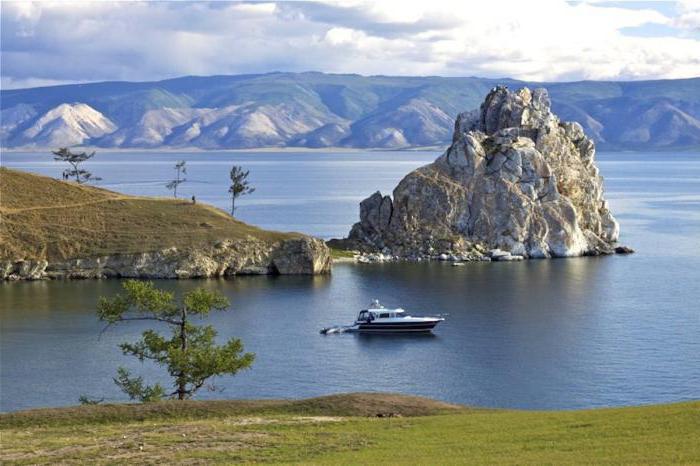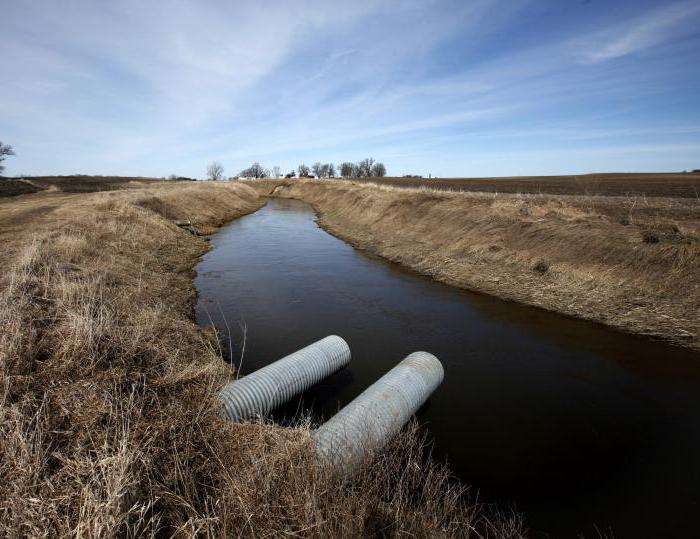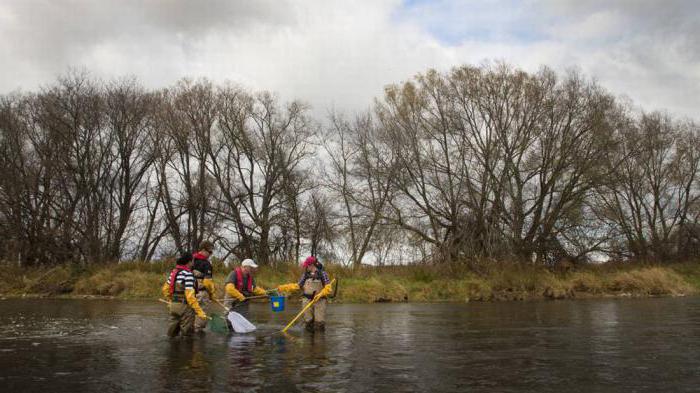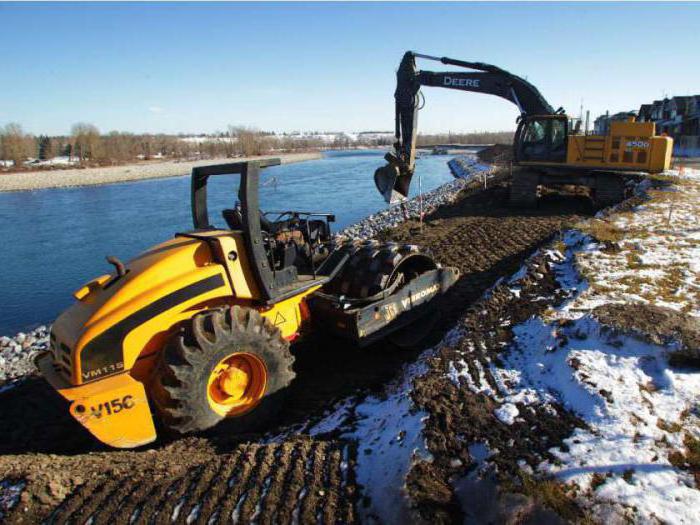In the last decade, many private real estate objects have been built on the shores of our reservoirs in cities and villages of the country. But at the same time, the legislative norms were not respected at all, by and large, they did not interest anyone. But the construction in such places is illegal. Moreover, coastal areas of water bodies have a special status. It is not for nothing that these territories are protected by law, probably there is something important, special in them ... Let's talk about this in more detail.
What is a water protection zone?
First, a little understanding of the terminology. The water protection zone, from the point of view of legislation, is the land adjacent to water bodies: rivers, lakes, seas, streams, canals, reservoirs.
 In these areas, a special mode of activity has been established to prevent clogging, pollution, deterioration and depletion of water resources, as well as to preserve the familiar habitat of the animal and plant world, biological resources. On the territory of water protection zones, special protective strips are installed.
In these areas, a special mode of activity has been established to prevent clogging, pollution, deterioration and depletion of water resources, as well as to preserve the familiar habitat of the animal and plant world, biological resources. On the territory of water protection zones, special protective strips are installed.
Legislative change
In 2007, the new Water Code of Russia entered into force. In it, in comparison with the previous document, the regime of the water protection zone (from the legal point of view) was radically changed. More precisely, the size of coastal territories was greatly reduced. To understand what is at stake, we give an example. Until 2007, the smallest width of water protection zones for rivers (the length of the river is important) ranged from fifty to five hundred meters, for reservoirs and lakes - three hundred, five hundred meters (depending on the area of the reservoir). In addition, the size of these territories was clearly determined also by such a parameter as the type of land adjacent to the water body.

The exact sizes of water protection zones and coastal protection zones were determined by the executive authorities of the Russian Federation. They in certain cases established the size of the territory from two to three thousand meters. And what do we have today?
Water protection zones of water bodies: modern realities
Now, the width of the coastal areas is established by the law itself (Water Code of the Russian Federation, Art. 65). Water protection zones and coastal protective strips for rivers longer than fifty kilometers are limited to a territory of not more than two hundred meters. And the executive authorities at the moment do not have the right to establish their own standards. We clearly see that the water protection zone of the river, even the largest, is no more than two hundred meters. And this is several times less than the previous standards. This is for rivers. And what about the other water areas? Here the situation is even sadder.
Water protection zones water bodies such as lakes, reservoirs, decreased in size by ten times. Just think about the numbers! Ten times! For reservoirs, the area of which is more than half a kilometer, the width of the zone is now fifty meters. But initially it was five hundred. If the water area is less than 0.5 km, then the water protection zone is not established by the New Code at all. This, apparently, should be understood as the fact that it simply does not exist? The logic in this situation is completely unclear. Dimensions are dimensions, but any body of water has its own ecosystem, which should not be invaded, otherwise it threatens to disrupt all biological processes. So is it possible to leave even a small lake without protection? The exception was only those water bodies that are important in fisheries.We see that the water protection zone has not undergone the best changes.
Serious prohibitions in the old edition of the Land Code
Previously, the law determined a special regime in the territory of the water protection zone. It was an integral part in a single mechanism of a set of measures to improve the hydrobiological, sanitary, hydrochemical, ecological status of lakes, rivers, reservoirs and seas, as well as the improvement of the surrounding territories. This specialized regime consisted in the fact that virtually any activity in water protection zones was prohibited.

In such places it was not allowed to break up summer cottages and vegetable gardens, arrange parking of vehicles, fertilize the soil. And most importantly - it was forbidden to build in the water protection zone without coordination with the competent authorities. Also, the reconstruction of buildings, communications, mining, land work, and the arrangement of country cooperatives also fell under the ban.
What was previously forbidden is now allowed
The new code contains only four of the ten bans that previously occurred:
- Soil fertilizer is not permitted.
- Such a territory cannot become the location of cattle burial grounds, cemeteries, and the burial of toxic, chemical, and radioactive substances.
- Aviation pest control measures are not allowed.
- The coastal strip of the water protection zone is not a place for movement, parking or parking of cars and other equipment. An exception can only be specialized areas with a hard coating.

Protective strips are now legally protected only from plowing land, from the arrangement of pastures for livestock and camps.
In other words, the legislators gave the go-ahead to place summer cooperatives in the coastal strip, car washes, repairs, refueling, provide land for construction, etc. In fact, construction is allowed in the water protection zone and on the coastline. Moreover, the obligation to coordinate all types of activity with competent structures (such as Rosvodoresurs) is even excluded from the law. But the most incomprehensible is that since 2007 they allowed to privatize land in such places. That is, any nature protection zone can become the property of private individuals. And then they can do anything with it. Although earlier in Art. 28 Federal Law there was a direct ban on the privatization of these lands.
Results of the Water Code change
We see that the new legislation is much less demanding on the protection of coastal areas and water resources. Initially, such concepts as a water protection zone, its size and the size of protective strips were determined by the laws of the USSR. They were based on geographical, hydrological, soil nuances. Possible near shore changes were also taken into account. The aim was to save water resources from pollution and possible depletion, to preserve the ecological balance of coastal zones, since they are the habitat of animals. The water protection zone of the river was established once, and the rules were in effect for several decades. They did not change until January 2007.

No prerequisites were observed for simplifying the regime of water protection zones. Environmentalists note that the only goal that lawmakers pursued in making such dramatic changes was simply to provide an opportunity to legitimize the spontaneous mass development of the coastal territory, which has been growing over the past ten years. However, everything that was illegally built during the period of the old law cannot be legalized since 2007. This is possible only in relation to those structures that have arisen since the entry into force of new standards. All that was previously, naturally, falls under earlier regulations and documents. And that means it cannot be legalized. That such a conflict arose.
What liberal policy can lead to
The establishment of such a soft regime of water bodies and their coastal zones, permission to build structures in these places will adversely affect the condition of nearby territories. The water protection zone of the reservoir is designed to protect the object from pollution, from negative changes. After all, this can lead to a violation of a very fragile environmental balance.
Which, in turn, will affect the life of all organisms and animals living in this territory. A beautiful lake in the forest can turn into an overgrown swamp, a fast river - into a dirty tributary. Yes, you never know how many such examples can be cited. Remember how many summer cottages were distributed, how well-intentioned people tried to ennoble the land ... But the misfortune: erecting a thousand summer cottages on the banks of a huge lake led to the fact that it turned into a terrible stinking semblance of a reservoir in which you can’t even swim anymore. And the forest in the okrug has considerably thinned out after the participation of people. And these are not the saddest examples.
Magnitude of the problem
The water protection zone of a lake, river or other body of water should be closely monitored by law. Otherwise, the problem of one contaminated lake or storage can turn into a global problem of the whole region.
 The larger the body of water, the more complex is its ecosystem. Unfortunately, the disturbed natural balance cannot be restored. Living organisms, fish, plants and animals will die. And it will be impossible to change anything. You should probably think about it.
The larger the body of water, the more complex is its ecosystem. Unfortunately, the disturbed natural balance cannot be restored. Living organisms, fish, plants and animals will die. And it will be impossible to change anything. You should probably think about it.
Instead of an afterword
In our article, we examined the current problem of water protection facilities and the importance of observing their regime, and also discussed the latest changes to the Water Code. I would like to believe that the softening of norms regarding the protection of water bodies and adjacent territories will not lead to disastrous consequences, and people will be wise and careful about the environment. After all, much depends on us and you.
